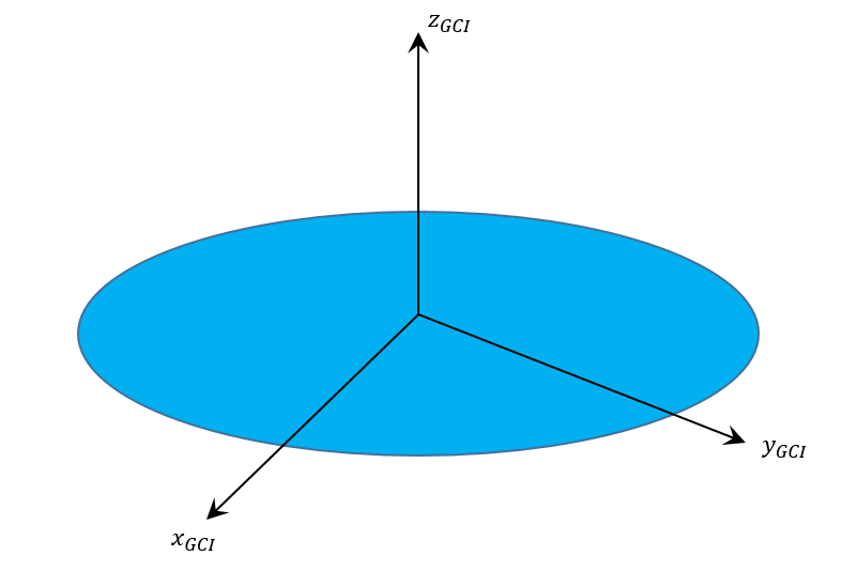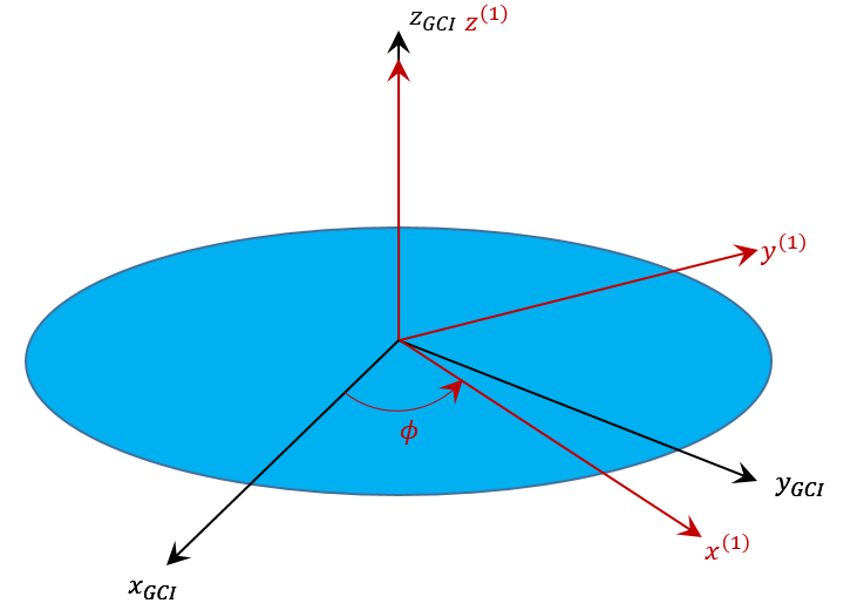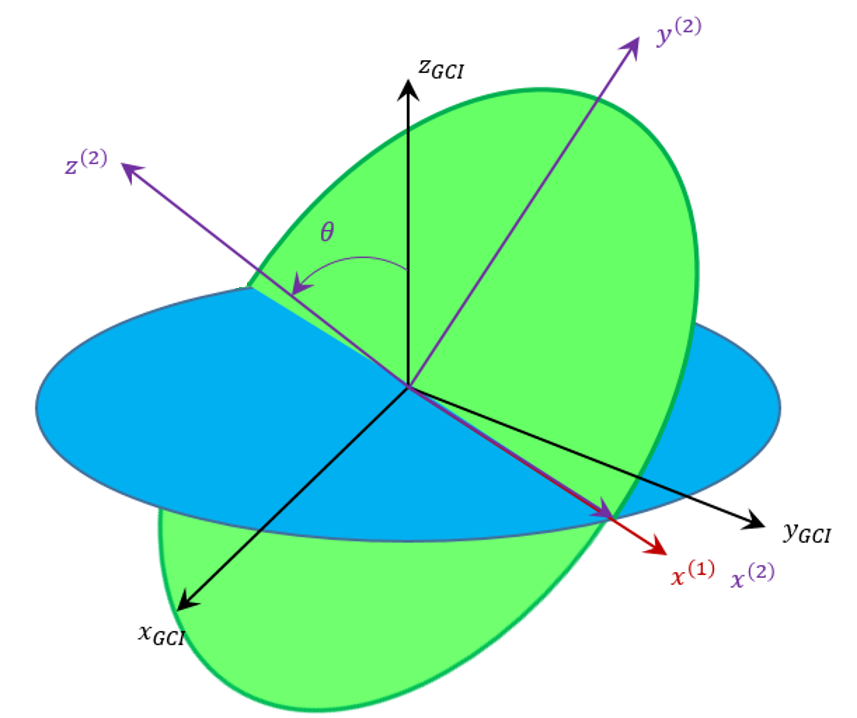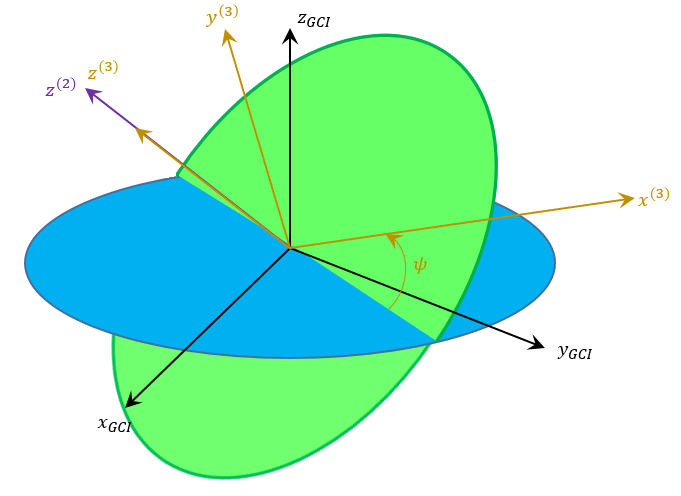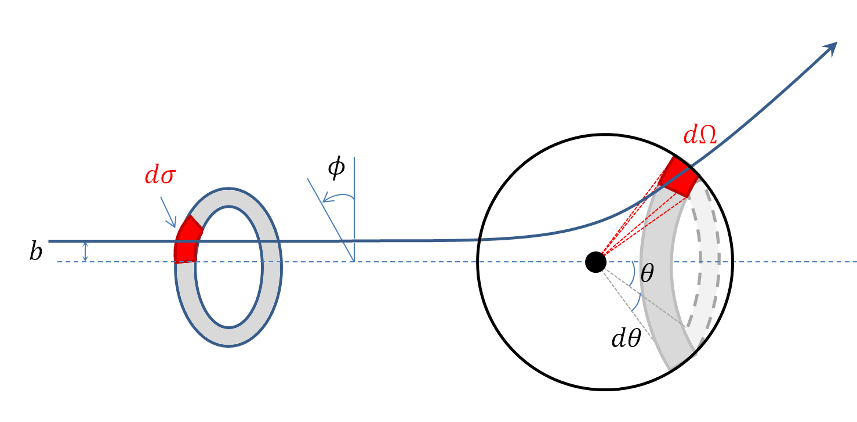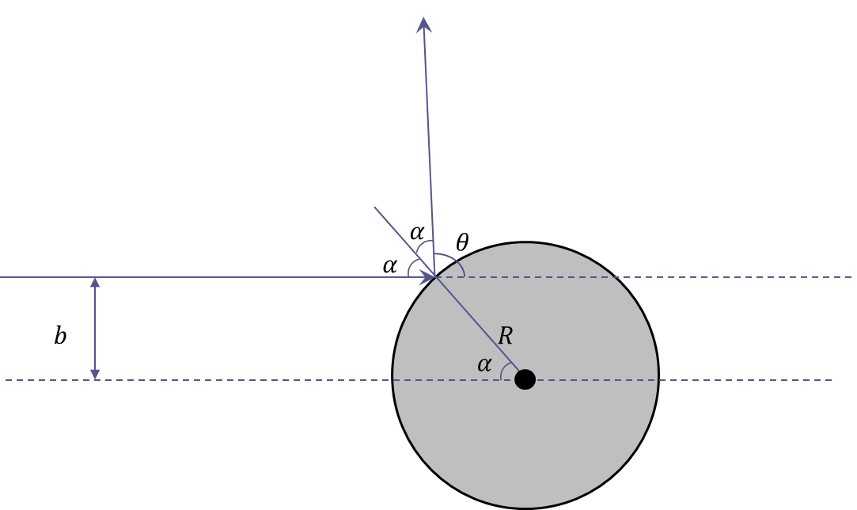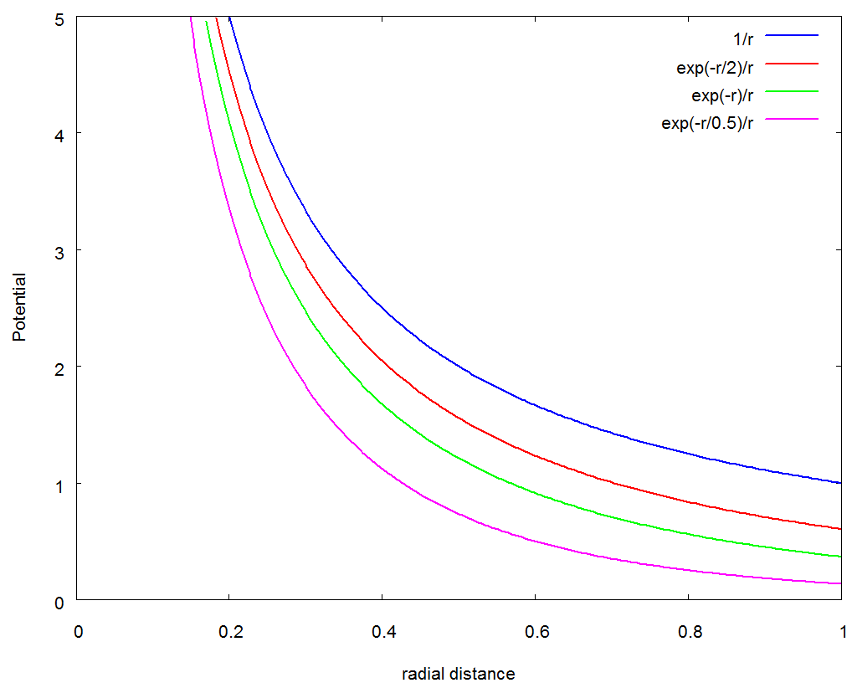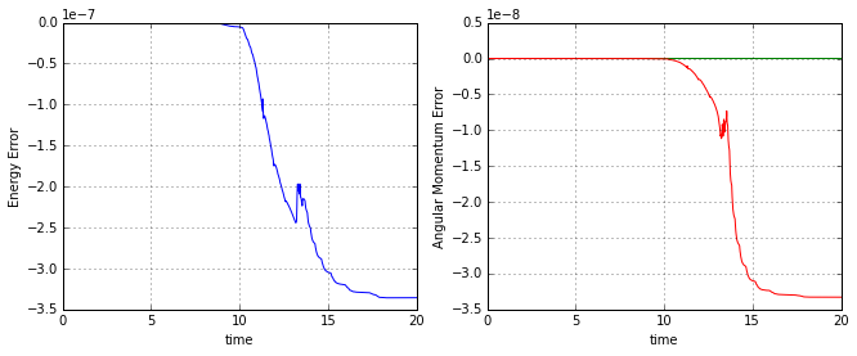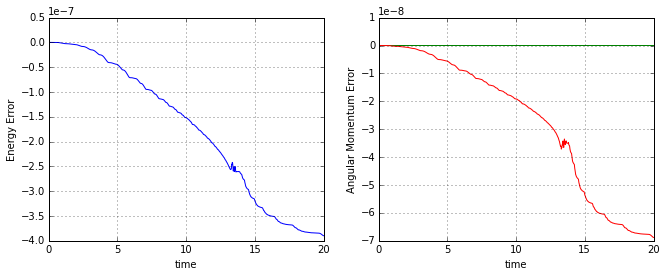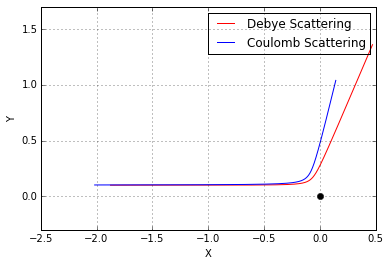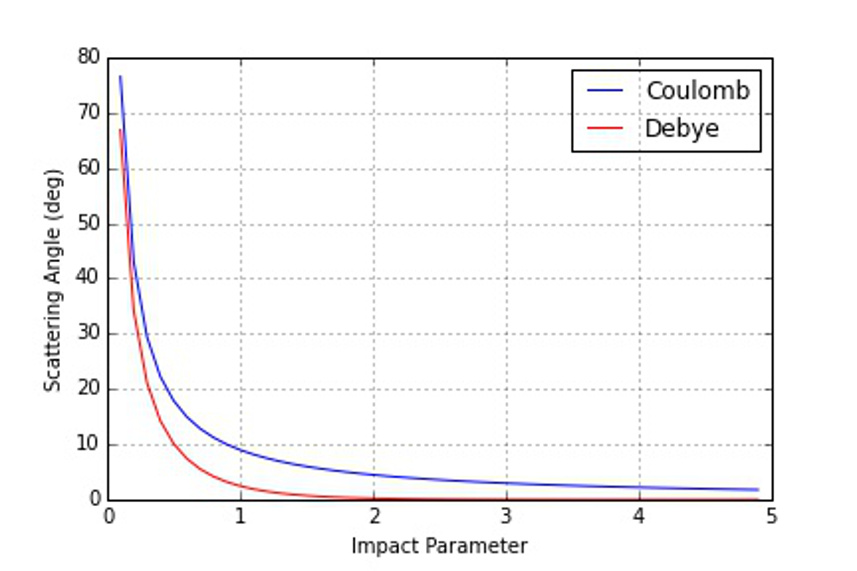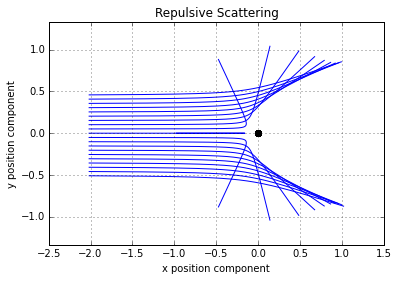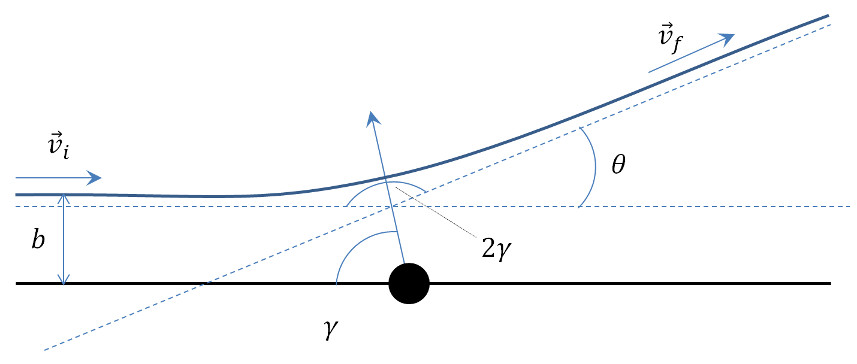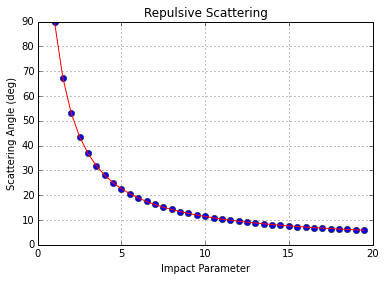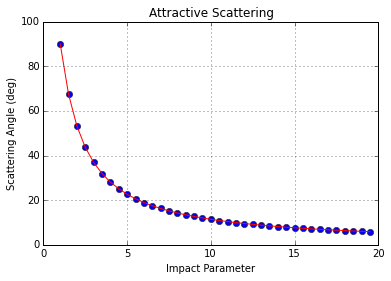Plasma Waves: Part 4 – Parallel Propagation in Cold Magnetized Plasmas
The last column established the basic equations describing waves in cold magnetized plasma and derived some of the general results that can be deduced without finding explicit solutions. This column begins the detailed examination of the explicit solutions that are supported.
The central relationship for this analysis is the tangent form of the dispersion relation
\[ \tan^2 \theta = -\frac{P(n^2-R)(n^2 – L)}{(Sn^2 – RL)(n^2 – P)} \; , \]
where $$\theta$$ is the angle between the direction of wave propagation and the magnetic field, $$n$$ is the index of refraction, and the terms $$S$$, $$P$$, $$R$$, and $$L$$ are
\[ S = 1 – \sum_s \frac{\omega_{ps}^2}{\omega^2 – \omega_{cs}^2} \; ,\]
\[ P = 1 – \sum_s \frac{\omega_{ps}^2}{\omega^2} \; ,\]
\[ R = 1 – \sum_s \frac{\omega_{ps}^2}{\omega(\omega+\omega_{cs})} \; ,\]
and
\[ L = 1 – \sum_s \frac{\omega_{ps}^2}{\omega(\omega-\omega_{cs})} \; ,\]
respectively.
Selecting a particular value of $$\theta$$ sets the propagation of the wave relative to the magnetic field and constrains the dispersion relation. There are three cases to examine: 1) parallel propagation, 2) perpendicular propagation, and 3) oblique propagation. This column will focus on parallel propagation.
In this case the wave moves along the magnetic field and $$\theta = 0$$. Since $$\tan \theta = 0$$, the propagation modes can be read off of the tangent form by simply finding the zeros of the right-hand side. Doing so yields
\[ P = 0 \; ,\]
\[ n^2 = R \; ,\]
and
\[ n^2 = L \; .\]
While the dispersion tensor
\[ \overleftrightarrow{D}(\vec n, \omega) = \left[ \begin{array}{ccc} S-n^2 & -i D & 0 \\ i D & S-n^2 &0 \\ 0 & 0 & P \end{array} \right] \; .\]
was useful for getting the characteristic equation, the matrix that gives the eigenvectors is the dielectric tensor (since $$n^2$$, in this case, is essentially the eigenvalue – at least for $$x$$ and $$y$$). The dielectric tensor’s form is
\[ \overleftrightarrow{K} = \left[ \begin{array}{ccc} S & -i D & 0 \\ i D & S &0 \\ 0 & 0 & P \end{array} \right] \; ,\]
where $$D = \frac{1}{2}( R – L )$$.
A simple analysis shows that the eigenvector corresponding to $$P=0$$ must have the form
\[ \vec E_{P} = \left[ \begin{array}{c} 0 \\ 0 \\ E_{P} \end{array} \right] \; ,\]
where $$E_P$$ is arbitrary.
This mode corresponds to a longitudinal wave at a frequency equal to $$\pm \omega_p$$, the combined plasma frequency of the system:
\[ P = 0 \Rightarrow \omega^2 = \sum_s \omega_{ps}^2 \; .\]
Since the wave is longitudinal it can’t be electromagnetic in origin and is, instead, associated with electrostatic fluctuations of the charge density along the magnetic field direction.
The eigenvectors for the other two modes require a bit more work but it is obvious that the corresponding eigenvectors can only have non-zero components along the $$x$$- and $$y$$-directions. Hence the structure of the wave is transverse, with the wave’s electric and magnetic fields perpendicular to the external magnetic field. Using wxMaxima, the eigenvector/eigenvalue pairs are given by:
\[ S + D = R: \left[ \begin{array}{c} 1 \\ i \\ 0 \end{array} \right] \]
and
\[ S – D = L: \left[ \begin{array}{c} 1 \\ -i \\ 0 \end{array} \right] \; .\]
The difference in the signs of the imaginary components correspond to the differences in handedness (hence the symbols $$R$$ and $$L$$ for right-handed and left-handed, respectively).
The usual convention for pulling out the handedness comes from multiplying the eigenvector by the time evolution $$e^{-i\omega t}$$ and taking the real part. For the $$R$$-mode, this process results in time dependence of
\[ E_x = E_0 \cos(\omega t) \]
and
\[ E_y = E_0 \sin(\omega t) \; ,\]
which shows that the electric field rotates in a counter-clockwise or right-handed fashion.
For the $$L$$-mode, the sign on the $$y$$-term causes the rotation to be clockwise or left-handed.
As Gurnett and Bhattacharjee point out, further proof that the modes are electromagnetic comes from noting that Fourier version of Faraday’s law gives a non-zero magnetic field
\[ \vec B = \vec k \times \vec E / \omega \; . \]
They further point out that since the wave is transverse then there are no charge fluctuations since Gauss’s law (in Fourier space) reads
\[ \rho = \epsilon_0 i \vec k \cdot \vec E = 0 \; . \]
Having specified the basic nature of these transverse waves, the final step is to say something about their specific dispersion relations.
There are three regimes to consider: 1) high frequency, 2) low frequency, and 3) intermediate frequencies.
High frequency
The high-frequency behavior of both modes is easy to determine. The limit of the corresponding dispersion relations as $$\omega \rightarrow \infty$$ is
\[ \lim_{\omega \rightarrow \infty} R = \lim_{\omega \rightarrow \infty} \left( 1 – \sum_s \frac{\omega_{ps}^2}{\omega(\omega+\omega_{cs})} \right) = 1 \; ,\]
and
\[ \lim_{\omega \rightarrow \infty} L = \lim_{\omega \rightarrow \infty} \left( 1 – \sum_s \frac{\omega_{ps}^2}{\omega(\omega-\omega_{cs})} \right) = 1 \; .\]
In this limit, both modes have $$n^2 = 1$$, which corresponds to free space propagation. Physically, this means that the plasma, composed of massive particles, is unable to respond at the rate the electromagnetic wave is oscillating at and the medium become transparent.
Low frequency
The low-frequency behavior of the two modes is a bit more subtle and are not tackled directly since the $$\omega(\omega \pm \omega_{cs})$$ term in the denominator is difficult to determine. Instead, the best approach is to take the limit of $$S$$ and $$D$$ and then to infer the limits for $$R$$ and $$L$$.
The limit of $$S$$ is
\[ \lim_{\omega \rightarrow 0} S = \lim_{\omega \rightarrow 0} \left( 1 – \sum_s \frac{\omega_{ps}^2}{\omega^2 – \omega_{cs}^2} \right) = 1 + \frac{\omega_{ps}^2}{\omega_{cs}^2} \; .\]
The limit of $$D$$
\[ \lim_{\omega \rightarrow 0} D = \lim_{\omega \rightarrow 0} \left( 1 – \sum_s \frac{\omega_{cs} \omega_{ps}^2}{\omega(\omega^2 – \omega_{cs}^2)} \right) \]
is a bit more involved. In this limit $$\omega^2 – \omega_{cs}^2 = -\omega_{cs}^2$$ and the term can be simplified to
\[ \lim_{\omega \rightarrow 0} \left( 1 + \frac{1}{\omega} \sum_s \frac{\omega_{ps}^2}{\omega_{cs}} \right) \; .\]
The next step is to examine the last term in detail. Expanding leads to
\[ \sum_s \frac{\omega_{ps}^2}{\omega_{cs}} = \sum_s \frac{n e^2}{m_s \epsilon_0} \frac{m_s}{q_s B} = \frac{1}{\epsilon_0 B} \sum_s n q_s = 0 \; , \]
where the requirement of neutrality is used in the last step.
Thus the low-frequency limit of $$D$$ is zero. From this result immediately follows that the low-frequency limits of $$R$$ and $$L$$ are the same as for $$S$$. This limit is fairly common and is defined as the Alfven index of refraction
\[ n_A^2 = 1 + \sum_s \frac{\omega_{ps}^2}{\omega_{cs}^2} \; .\]
Intermediate Frequencies
At intermediate frequencies the index of refraction departs from the low and high frequency limits and can do two very interesting things. First, near either the electron or cyclotron frequency, the $$R$$ or $$L$$ modes can enter into resonance with the electrons or the ions, respectively. Because the cyclotron frequency depends on the sign of the charge, the species interact with the two modes very differently. The right-hand mode can preferentially interact with the electrons near the electron cyclotron frequency. When this happens the index of refraction diverges to positive infinity as approached from below and diverges to negative infinity as approached from above. This last obseravation means that the wave cannot propagate until in the region from the negative regime to the cutoff frequency where $$n^2 > 0$$. Similar bevaior occurs for the $$L$$ mode with the ions with as many cutoffs and resonances as their are species.
The cutoff frequencies correspond to either $$R=0$$ or $$L=0$$. Since ion motion can be ignored at frequencies near the electron cycltron frequency, the $$R$$-mode cutoff is
\[ \omega_{R=0} = \frac{|\omega_{ce}|}{2} + \sqrt{\left(\frac{\omega_{ce}}{2}\right)^2 + \omega_{pe}^2} \; . \]

